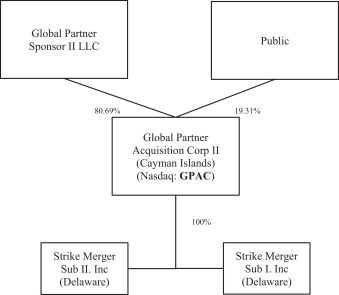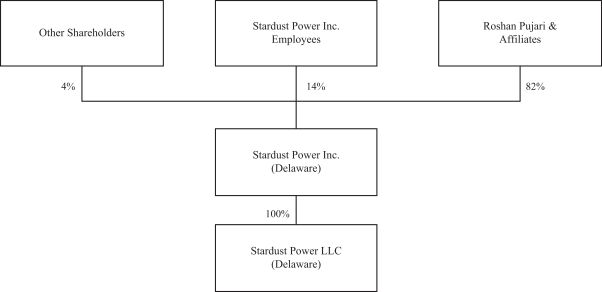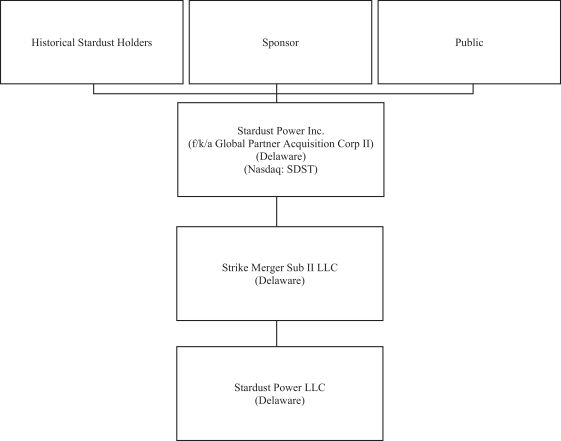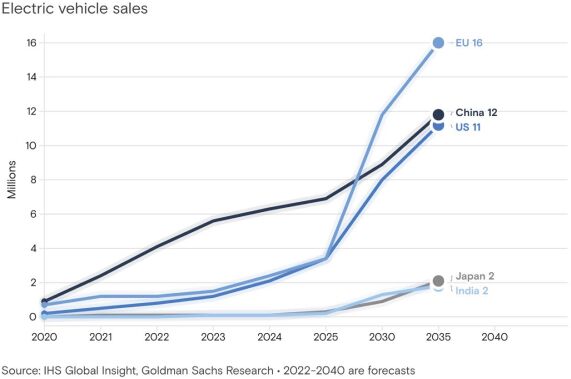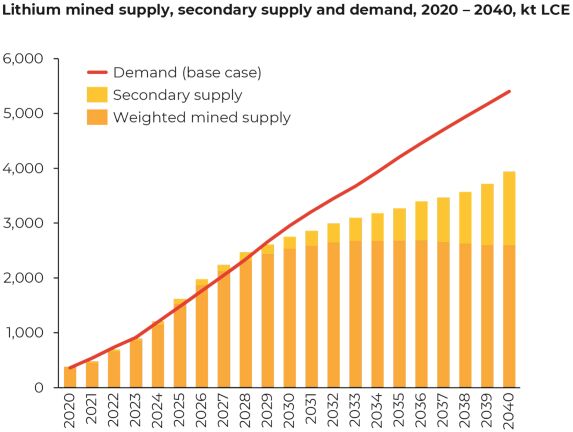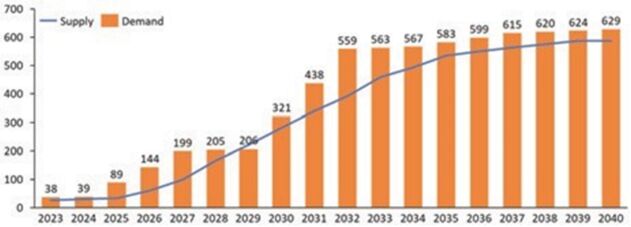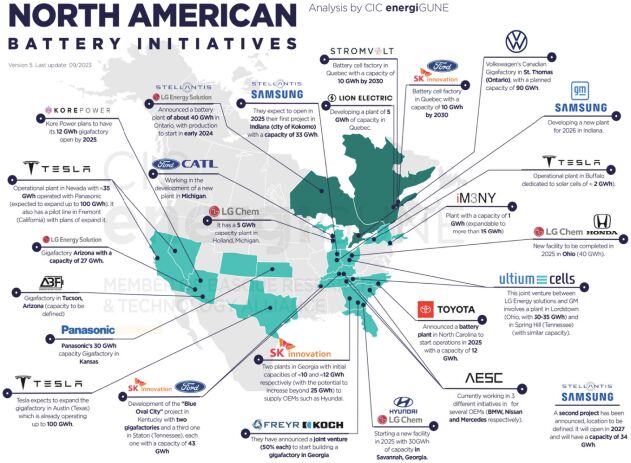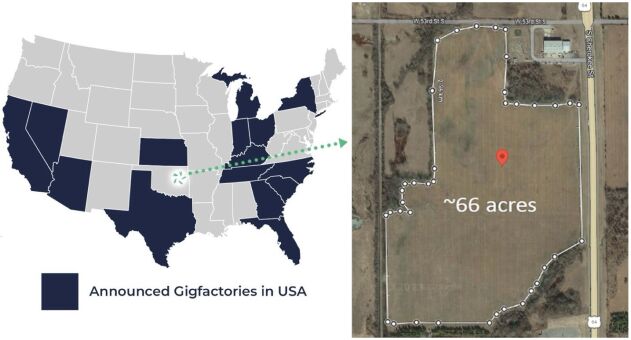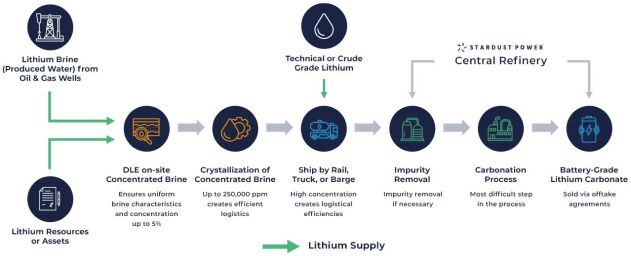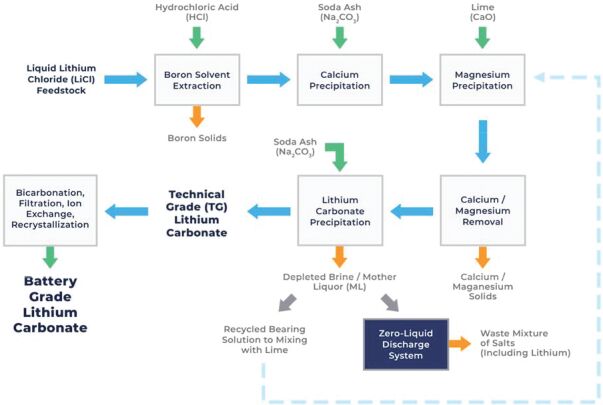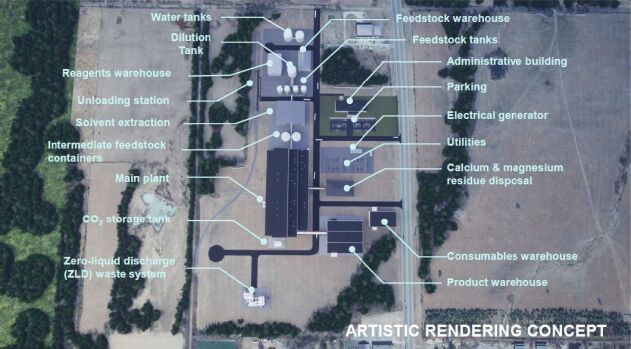“Intellectual Property” means all intellectual property rights, as they exist anywhere in the world, whether registered or unregistered, including all: (a) patents and patent applications (including any divisions, continuations, continuations-in-part, reissues, reexaminations and interferences thereof); (b) trademarks, service marks, trade dress, trade names, brand names, logos, corporate names and other indicia of source (together with the goodwill associated therewith); (c) copyrights, mask works and designs; (d) internet domain names and social media accounts and identifiers; (e) trade secrets and other intellectual property rights in know-how, inventions, processes, procedures, database rights, confidential information and other proprietary information and rights; and (f) intellectual property rights in Software.
“Interim Period” has the meaning specified in Section 5.01.
“Investment Company Act” means the Investment Company Act of 1940.
“IT Systems” means all computer hardware (including hardware, firmware, peripherals, communication equipment and links, storage media, networking equipment, power supplies and any other components used in conjunction with such), data processing systems, Software, and all other information technology equipment, and related documentation, in each case, owned or controlled by, or otherwise provided under contract to, the Company or any of its Affiliates or used in the operation of their businesses, together with the data contained therein or transmitted thereby.
“Knowledge” means the actual knowledge of (a) in the case of the Company, Roshan Pujari, Pablo Cortegoso and Anupam Agarwal, and (b) in the case of Acquiror Chandra R. Patel, Richard C. Davis and Jarett Goldman.
“Law” means any statute, law (including common law), act, code, ordinance, rule, regulation, or Governmental Order, in each case, of any Governmental Authority.
“Lien” means any mortgage, deed of trust, pledge, hypothecation, easement, right of way, purchase option, right of first refusal, covenant, restriction, security interest, license, title defect, encroachment or other survey defect, or other lien or encumbrance of any kind, except for any restrictions arising under any applicable Securities Laws.
“LOI Date” means October 3, 2023.
“Majority Acquiror Shareholder Approval” means, with respect to any Proposal other than the Domestication Proposal, the affirmative vote of holders of a majority of the outstanding Acquiror Shares voting at the Special Meeting.
“Material Adverse Effect” means any event, change, circumstance or development that has or would reasonably be expected to have a material adverse effect on the assets, business, results of operations or financial condition of the Company; provided, however, that in no event would any of the following (or the effect of any of the following), alone or in combination, be deemed to constitute, or be taken into account in determining whether there has been or will be, a “Material Adverse Effect”: (i) any change or development in applicable Laws or GAAP or any official interpretation thereof, (ii) any change or development in interest rates or economic, political, legislative, regulatory, business, financial, commodity, currency or market conditions generally affecting the economy or the industry in which the Company operates, (iii) the announcement or the execution of this Agreement, the pendency or consummation of the Mergers or the performance of this Agreement, including the impact thereof on relationships, contractual or otherwise, with customers, suppliers, licensors, distributors, partners, providers and employees (provided, that the exceptions in this clause (iii) shall not be deemed to apply to references to “Material Adverse Effect” in the representations and warranties set forth in Section 3.02(b) and, to the extent related thereto, the condition in Section 8.02(a)), (iv) any change generally affecting any of the industries or markets in which the Company operates or the economy as a whole, (v) any earthquake, hurricane, tsunami, tornado, flood, mudslide, wild fire or other natural disaster, epidemic, disease outbreak, pandemic, weather condition, explosion fire, act of God or other force majeure event, (vi) any national or international political or social conditions in countries in which, or in the proximate geographic region of which, the Company operates, including the engagement
A-1-14
